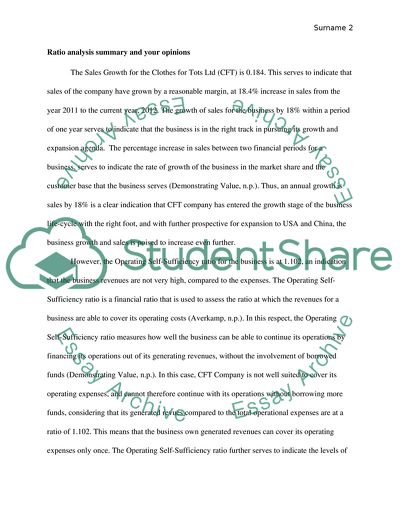Cite this document
(Complete a report based on the Clothes for Tots Ltd case study Essay, n.d.)
Complete a report based on the Clothes for Tots Ltd case study Essay. https://studentshare.org/finance-accounting/1812824-complete-a-report-based-on-the-clothes-for-tots-ltd-case-study
Complete a report based on the Clothes for Tots Ltd case study Essay. https://studentshare.org/finance-accounting/1812824-complete-a-report-based-on-the-clothes-for-tots-ltd-case-study
(Complete a Report Based on the Clothes for Tots Ltd Case Study Essay)
Complete a Report Based on the Clothes for Tots Ltd Case Study Essay. https://studentshare.org/finance-accounting/1812824-complete-a-report-based-on-the-clothes-for-tots-ltd-case-study.
Complete a Report Based on the Clothes for Tots Ltd Case Study Essay. https://studentshare.org/finance-accounting/1812824-complete-a-report-based-on-the-clothes-for-tots-ltd-case-study.
“Complete a Report Based on the Clothes for Tots Ltd Case Study Essay”. https://studentshare.org/finance-accounting/1812824-complete-a-report-based-on-the-clothes-for-tots-ltd-case-study.


